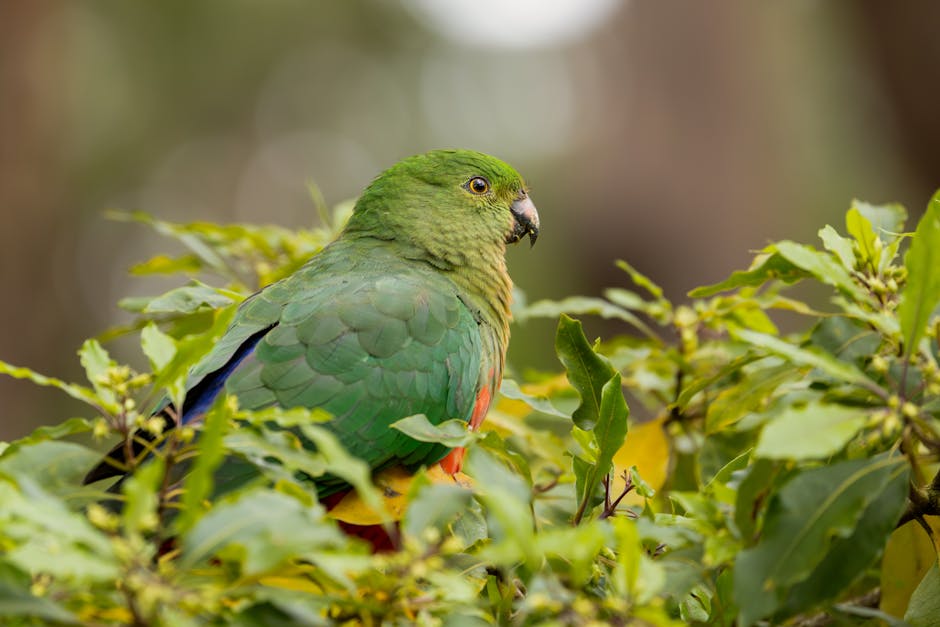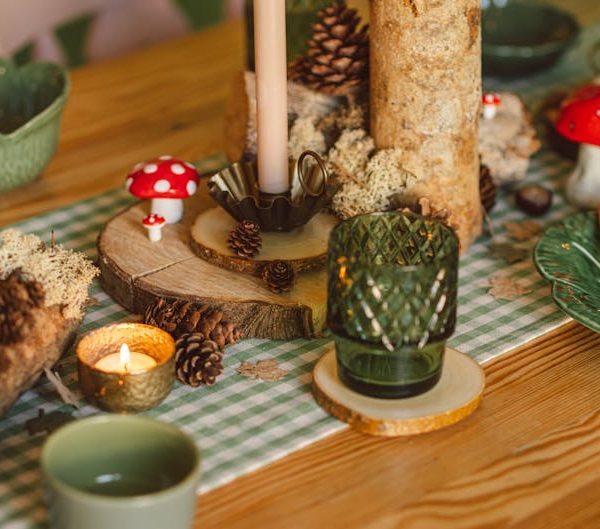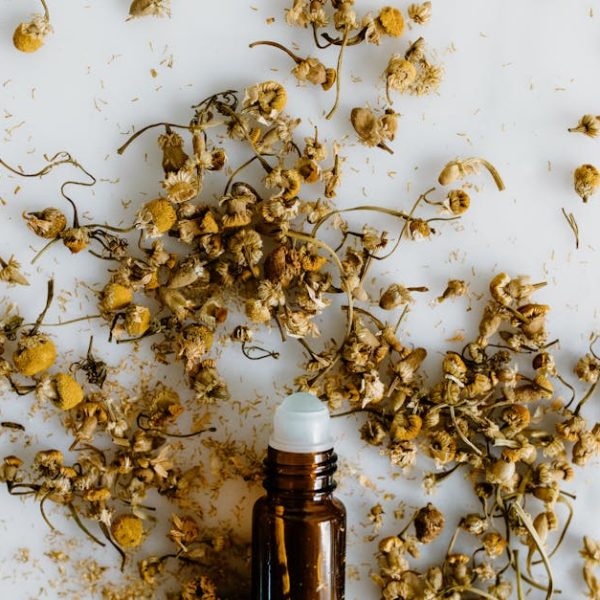In the world of culinary herbs, bay leaves and basil stand out as two distinct flavours that enliven our kitchens. While they both belong to the family of aromatic herbs, their dissimilarities, which stretch beyond just their flavours and scents, make them unique and indispensable in their own right.
Understanding Bay Leaves
Originating from the Mediterranean, bay leaves are renowned for their pungent, spicy yet subtly sweet flavour. These dark green, glossy leaves are often used in stews, soups and sauces, gifting a potent aroma that elevates the taste of the dish. The herb also comes packed with health benefits, including aiding digestion, reducing inflammation, and even improving heart health.
However, keeping bay leaves fresh requires careful storage. To maintain their vibrant taste, it’s essential to store them in a cool, dark place in airtight containers. This not only prolongs their shelf life but also preserves the quality of the leaves.
Popular dishes that utilise bay leaves include:
- Beef Stew
- Chicken Soup
- Bolognese Sauce
Discovering the Charm of Basil
Basil, an herb frequently used in Italian and Southeast Asian cuisines, offers a sweet, somewhat minty flavor that pairs wonderfully with a variety of dishes. With vast diversity in type, we see sweet basil commonly used in Italian cuisine, while Thai basil and Holy basil feature heavily in Asian dishes. In addition to its flavourful attributes, basil contains a myriad of health benefits, including anti-inflammatory properties and enhanced digestive health.
Just like bay leaves, storing basil requires careful attention. Fresh basil leaves are best stored in the refrigerator wrapped in slightly dampened paper towels.
Iconic recipes incorporating basil:
- Pesto Pasta
- Tomato and Basil Soup
- Thai Basil Chicken
To be continued in the next segment…
Bay Leaves Vs Basil: A Detailed Comparison
At a first glance, bay leaves and basil may appear fairly similar – they are both aromatic herbs lauded for their unique flavors and health benefits. Yet, digging a little deeper shows a host of differences, making each of these herbs unique in their own rights.
Firstly, the flavor and aroma profile of these herbs distinctly sets them apart. Bay leaves carry a robust, spicy-tangy flavor with a hint of sweetness, whereas basil imparts a fresh, mild and somewhat sweet taste with a note of mint.
In terms of health benefits, both herbs offer anti-inflammatory properties. However, basil is more commonly linked with aiding digestion, enhancing kidney function and relieving stress, while bay leaves are known to lower blood sugar levels and improve heart health.
When it comes to cultivation, bay leaves grow on a large tree and can be harvested throughout the year. On the other hand, basil is a small shrub-like plant and is typically harvested in the summer.
Additional content:
[insert Html table]
| Herb | Culinary use | Flavor Profile | Health Benefits | Harvest Time |
|---|---|---|---|---|
| Bay leaf | Stews, soups, sauces | Spicy, tangy, and slightly sweet | Aids digestion, improves heart health, reduces inflammation | All year-round |
| Basil | Pizza, pesto, salads | Sweet, mild, and somewhat minty | Aids digestion, enhances kidney function, relieves stress | Summer |
Common Misconceptions about Bay Leaves and Basil
Misconceptions about herbs are not uncommon and bay leaves and basil are no exception. A common myth is the perceived interchangeability of bay leaves and basil. While they may look similar at a glance, their different flavor profiles make them suitable for diverse types of dishes.
Another common misconception is that bay leaves are inedible or poisonous. Whilst it’s true that they are usually removed from a dish before serving to avoid a choking hazard, they are not harmful if consumed.
It is also often believed that dried herbs, such as bay leaves and basil, provide the same flavor as fresh ones. This is not entirely true – drying can change the flavor profile substantially, making dried herbs more potent but less fresh and vibrant in flavor.
Helpful Tips on Cooking with Bay Leaves and Basil
Using bay leaves and basil strategically in your cooking can take your dishes to new heights.
For bay leaves, remember to add them at the beginning of the cooking process to give them time to impart their full flavor. On the contrary, basil is often best added at the end or as a garnish to preserve the texture and ensure the flavor does not get lost.
Experimentation is key – utilising basil in dessert dishes such as ice creams or flavored water can produce surprising and delightful results. Similarly, adding a bay leaf to your tea or even to your bath water can create a luxurious, spa-like atmosphere.
A quick checklist to remember when cooking with these herbs:
- Store them properly to ensure longer shelf life.
- Know when to use fresh versus dried herbs.
- Realize their distinct flavours to match the dishes.
Key Takeaway:
- Bay leaves and basil, both aromatic herbs, offer unique flavors and health benefits, making them indispensable in culinary traditions.
- These herbs have distinctive flavor profiles, with bay leaves imparting a robust, spicy-tangy flavor and basil providing a fresh, mild and sweet taste.
- They also differ in cultivation, as bay leaves grow on large trees and basil on small shrub-like plants.
- Both herbs require proper storage and careful use in cooking for optimal flavor retention.
- The herbs are not interchangeable due to their distinct flavor profiles, debunking a common misconception.
Embracing the relationship between food and nature often begins with understanding the beauty and diversity of herbs. Bay leaves and basil not only introduce unique flavors to your dishes but also provide various health benefits. With a better understanding of these herbs, you can now enhance your cooking experiences and enjoy delightful aromas in everyday meals. Keep experimenting, and remember, your kitchen is your playground.
FAQs
Q: Besides the taste, are there any additional differences between bay leaves and basil?
A: Yes, apart from the taste, bay leaves and basil also differ in their health benefits, usage in cooking, and cultivation processes. These differences make them unique and attractive to different culinary traditions.
Q: I heard that bay leaves are poisonous and shouldn’t be eaten. Is that true?
A: No, bay leaves are not poisonous. However, because of their tough texture, they are usually removed from dishes before serving to avoid choking.
Q: Is dried basil as good as fresh basil?
A: Dried basil is more potent but can lose some of the freshness and vibrancy of flavor compared to fresh basil. The choice between using fresh or dried basil largely depends on the recipe and personal taste preference.
Q: Are bay leaf and basil plants easy to grow at home?
A: Basil is relatively easy to grow at home and prefers warm conditions. Bay leaves grow on larger trees and may require more space and care, but it’s possible to grow a small bay tree at home if the conditions are right.
Q: Can I use bay leaves and basil interchangeably in recipes?
A: Generally, it’s not advisable to use bay leaves and basil interchangeably due to their unique flavor profiles. However, experimentation in cooking is always encouraged.
Feel free to share this article with friends and family. To learn more about kitchen tips, cooking techniques, and fascinating food facts, do explore more posts on our website.






